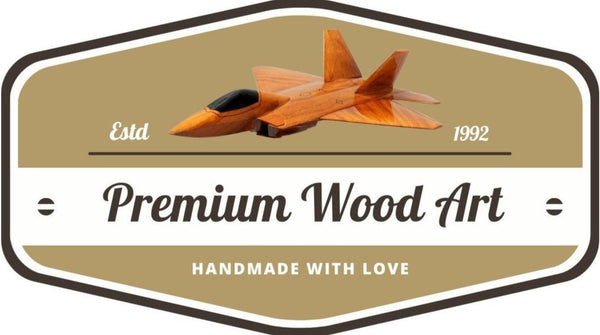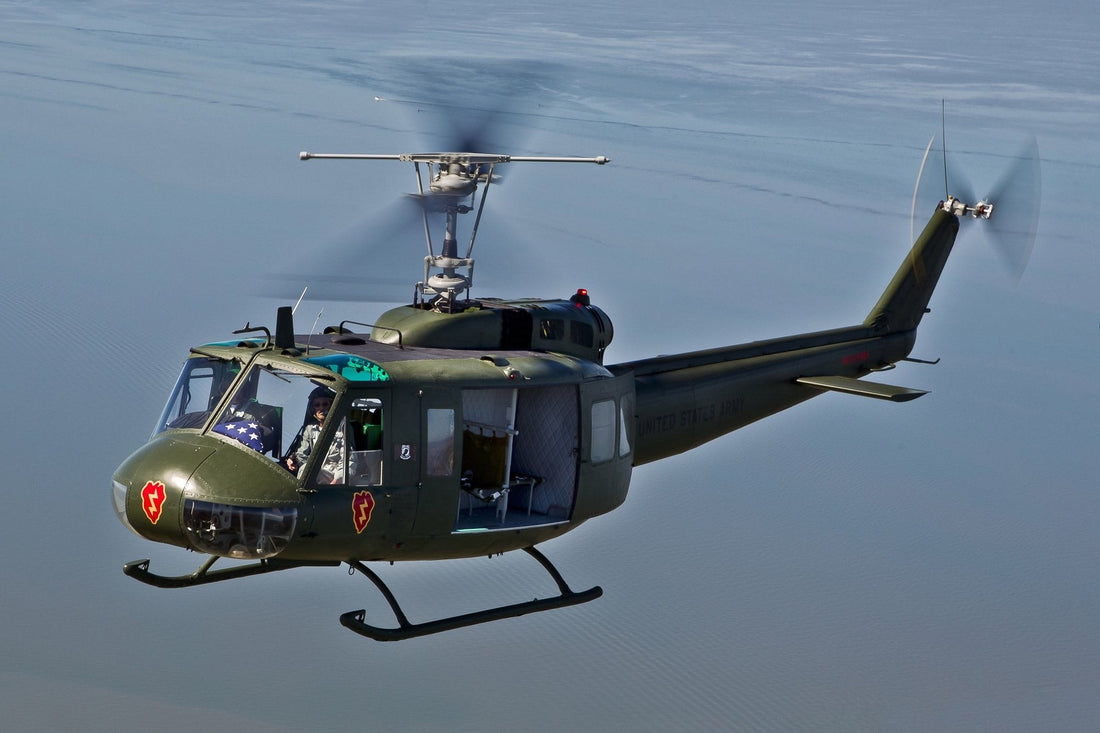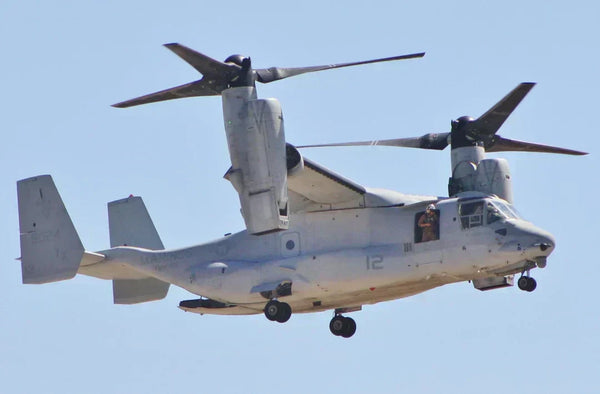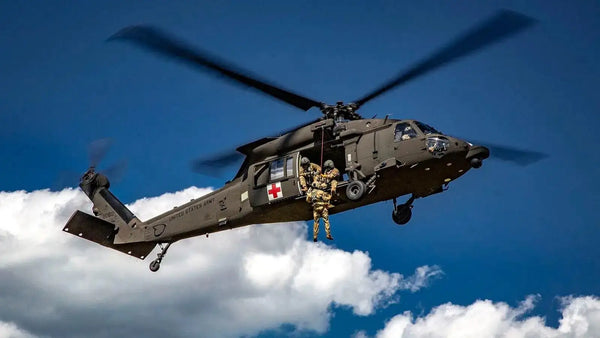The year is 1968. In the deep, oppressive emerald green of the Vietnamese jungle, visibility is zero and the humidity is a suffocating blanket. Suddenly, soldiers hunkered down in a hot Landing Zone (LZ) look up, and their blood quickens. Cutting through the humid air, growing louder with every second, is the unmistakable, rhythmic “whomp-whomp-whomp” of a giant, invisible metronome. It’s the sound of salvation, of resupply, and sometimes, of immediate, desperate battle. This sound, the unique rotor blade chop of the Bell UH-1 Iroquois, better known simply as the UH-1 Huey helicopter, wasn’t just noise—it was the very heartbeat of the war itself.
This iconic machine, the focus of countless stories of heroism and sacrifice, became the definitive image of the American effort in Southeast Asia. More than any other aircraft, the Bell UH-1 Iroquois symbolized the new mobility and brutal reality of the conflict. It wasn’t merely a machine of transport; it was a symbol of hope, rescue, and survival during the most defining period of its service, earning its place in Huey helicopter history as an unparalleled force multiplier. This article delves into the origins of this revolutionary aircraft, its technical design, its life-saving and war-fighting roles in the conflict, and the profound, enduring Huey helicopter legacy that echoes through military aviation today.
Origins: The Birth of a Legend
The story of the Huey begins not in the thick of combat, but in the quiet, reflective post-Korean War era, where the U.S. military realized a critical need for a new class of aircraft. Traditional helicopters were often too slow and bulky for rapid medical evacuation (medevac) and efficient troop transport in rugged, unforgiving terrain. The call went out for a lightweight, versatile utility helicopter. Bell Helicopter’s response was the sleek, powerful design initially designated the Bell Model 204 prototype. After its first flight in 1956, the aircraft entered U.S. Army service in 1959 under the initial designation HU-1A (Utility Helicopter, Model 1). It was from this alphanumeric designation that the nickname, the “Huey,” was quickly, and permanently, born.

The design was revolutionary because it leveraged the new power of the single turboshaft engine, offering significantly more performance than previous piston-engine models. This focus on vertical lift and simple, robust mechanics ensured that the new Vietnam War helicopter would possess the inherent versatility needed to excel as a medevac, transport, and, crucially, a combat-capable platform.
Engineering Marvel: The Design of the Huey
The core ingenuity of the Huey lay in its engineering. The UH-1 helicopter design centered around a powerful Lycoming T53 turboshaft engine. This engine, the first of its kind in a U.S. military helicopter, provided immense lift capability, a non-negotiable requirement for operating effectively in the hot, high-altitude, and humid conditions of the Vietnamese highlands.

Lycoming T53 turboshaft
Looking at the Huey helicopter specifications, the aircraft was a marvel of functional simplicity. Its large main rotor and characteristic stabilizer bar gave it the distinctive “whomp-whomp” sound that could travel for miles and provided the lift to carry up to 14 combat-equipped troops—or, in its primary role, six stretchers—at speeds nearing 125 miles per hour. This performance, coupled with the rugged airframe’s ability to withstand significant damage, made the Huey the “lifeline” its pilots often called it. The simplicity of the machine also extended to its maintenance, allowing crews to keep the maximum number of aircraft operational—a critical factor for sustained wartime operations.
Vietnam: The Huey’s Defining Moment
In Vietnam, the Huey didn’t just participate; it was the war’s defining sound. The sheer scale of its deployment is staggering: over 7,000 Huey helicopter Vietnam War models served in the conflict, more than any other aircraft type. The helicopter’s flexibility allowed it to take on four primary roles, each crucial to the air campaign.
1. The Huey Medevac Helicopter (“Dustoff”)
First and perhaps most sacred was the role of the Huey medevac helicopter, affectionately known as “Dustoff.” These unarmed aircraft, marked with red crosses, routinely flew into the hottest LZs, often under heavy fire, to extract the wounded. The bravery of the Dustoff crews is legendary, and their tireless, rapid response is credited with saving over one million lives during the war.
2. Troop Transport (“Slicks”)
The second major role was troop transport, carried out by “slicks.” Recounting a typical UH-1 air cavalry operations mission means picturing a formation of Hueys, packed with grim-faced troops, skimming the treetops to insert soldiers directly into battle. Their speed and maneuverability meant the enemy could be engaged and outmaneuvered with revolutionary speed.
3. Gunship Support
Thirdly, the Huey gunship Vietnam role evolved from the need to protect the unarmed slicks and Dustoff missions. These heavily armed Hueys, often fitted with door-mounted M60 machine guns and external rocket pods, provided the essential close-air support that allowed infantry to survive initial contact.
4. Command and Control
Finally, the Huey served in command and control roles. This combined mobility with firepower to redefine warfare through the concept of “air cavalry.” The ground troops’ ability to call in immediate resupply or evacuation based on the rhythmic beat of the Huey fundamentally changed the speed and intensity of engagement in the jungle.
The Huey’s Cultural and Emotional Legacy
The continuous presence of the UH-1 Huey helicopter during the conflict ensured that its image became permanently interwoven with the identity of the Vietnam War helicopter and its era. Even decades after the conflict ended, for veterans and for the wider public, the Huey helicopter cultural impact is undeniable. The mere sound of its iconic rotors can instantly transport a veteran back to the fields of fire and the smell of jet fuel.
Its powerful imagery has permeated popular culture, featuring prominently in classic films like Apocalypse Now, Platoon, and We Were Soldiers. The image of the slicks flying low over the rice paddies, or the gunships orbiting with their doors wide open, became a global symbol—a complex, contradictory icon representing both the heroism of rescue crews and the immense tragedy of the war itself. The Huey is, without question, one of the world’s most famous military helicopters.


Beyond Vietnam: A Legacy that Lives On
Despite its dramatic baptism by fire, the Huey’s story did not end in 1975. Over 16,000 were built in total, and the machine’s durability, versatility, and ease of operation ensured a long, productive life globally. The Huey helicopter legacy continues today, with many aircraft still in service worldwide in civilian and military roles, including search and rescue, disaster relief, and training.
The U.S. Marine Corps, recognizing the inherent superiority of the design, continues the lineage with the significantly modernized UH-1Y Venom modern version. This new variant, sharing the essential DNA of the original, features two engines, a four-blade rotor system, and advanced avionics, confirming the underlying strength of the original UH-1 helicopter design. The continuation of the Huey’s service, evolving from the helicopters of the Vietnam War era to a modern, multi-role utility aircraft, is a testament to the engineering brilliance of the initial Bell Model 204. From the battlefields of Southeast Asia to the rescue zones of modern disaster relief, the familiar sound of the Huey’s rotor still spins—a constant reminder of resilience, adaptation, and human ingenuity.

The Huey’s Lasting Legacy
The UH-1 “Huey” was more than just a revolutionary design powered by the dependable Lycoming T53 engine; it was an aircraft that fundamentally defined a generation of warfare, saving countless lives while carrying out the toughest of missions. It proved the concept of air mobility, turning a massive jungle campaign into a series of interconnected, mobile battles. Its legacy is not just technical, but intensely emotional, living on in every mission where speed, courage, and hope take flight. In the end, the Huey didn’t just fly through the war—it flew directly into history.
Honor the Huey
Huey’s unmistakable silhouette and powerful rotor sound are etched into the memory of a generation. Honor the legacy of the quintessential Vietnam War helicopter: explore our exclusive collection of hand-crafted Premium Wood Art. Each model captures the rugged design and enduring spirit of this magnificent machine, serving as a permanent tribute to the courage of the crews and the life-saving role of the most famous aircraft of its era.
✈️ Bring Aviation History Home


